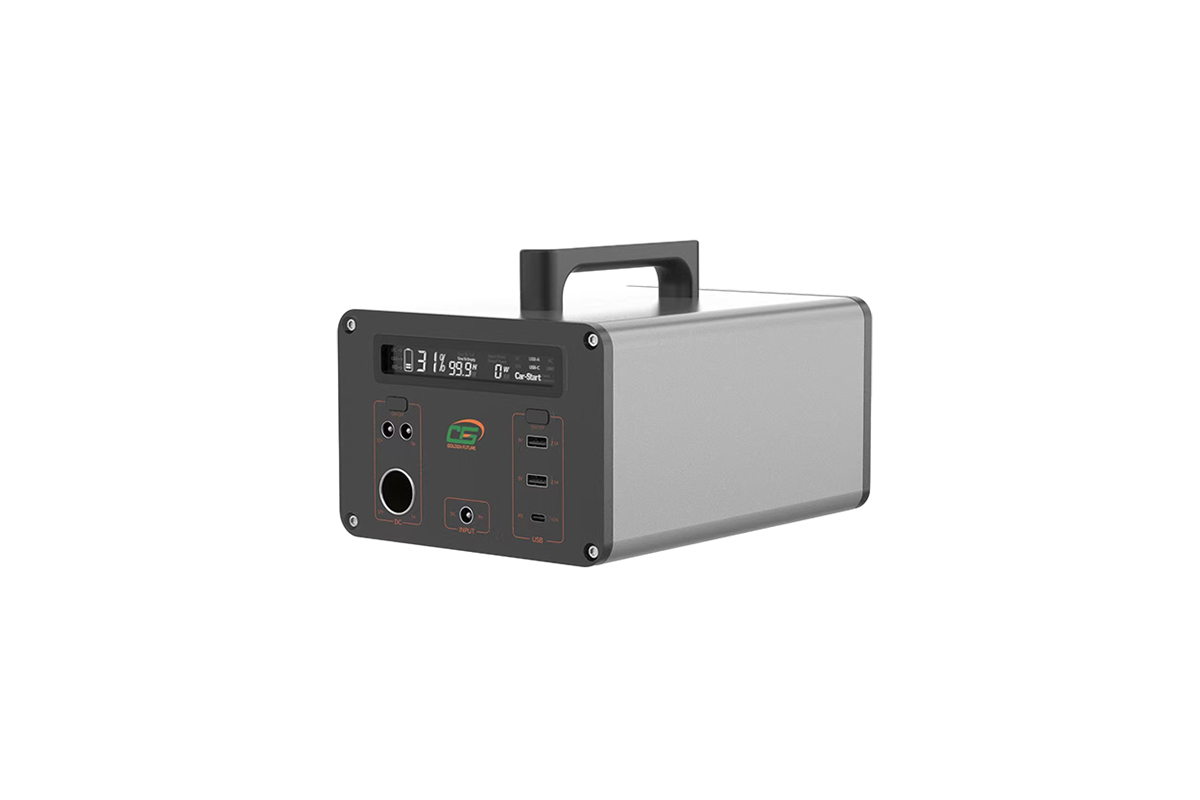

Time:2024-11-06 Views:1

A low-power consumption energy storage power supply is designed to minimize the energy it consumes while still providing reliable power storage and delivery. This type of power supply is especially useful in applications where energy efficiency is a top priority.
One of the main ways it achieves low power consumption is through the use of highly efficient components and circuitry. The battery management system (BMS) is optimized to reduce the standby power loss. For example, it may use intelligent power-saving modes when the power supply is not in active use, such as shutting down unnecessary circuits or reducing the power draw of certain components. This helps to extend the overall lifespan of the battery and reduce the frequency of recharging.
In addition, the design of the power supply may incorporate energy-efficient charging algorithms. Instead of constantly drawing a high current during charging, it can adjust the charging rate based on the battery's state of charge and other factors. This not only reduces the power consumption during the charging process but also helps to protect the battery from overcharging and overheating, which can also contribute to energy waste.
Low-power consumption energy storage power supplies are ideal for applications where power is needed intermittently or in small amounts over a long period. For instance, in remote sensing devices or IoT (Internet of Things) applications, these power supplies can provide the necessary energy while minimizing the need for frequent battery replacements or recharging. They are also suitable for use in areas with limited access to power sources, as their low power consumption means they can operate for longer periods on a single charge. Overall, the development of low-power consumption energy storage power supplies is an important step towards more sustainable and efficient energy use.
Read recommendations:
Environmental Advantages of Lithium - Ion Energy Storage Batteries